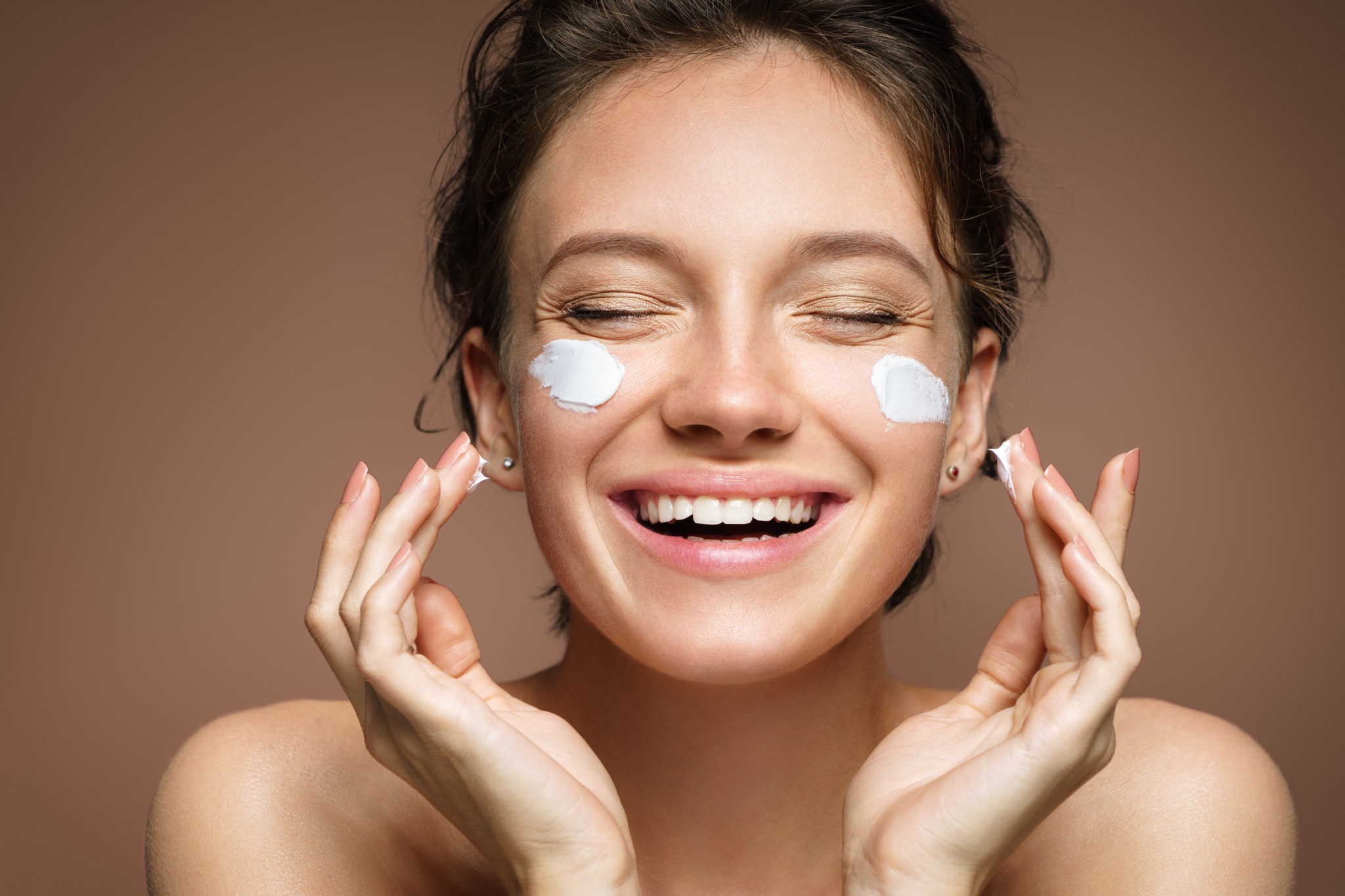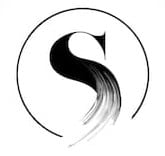The Many Uses of Benzoyl Peroxide on Various Skin Issues

MINIMIZING INFLAMMATION AND BACTERIA PROLIFERATION
Acne in people of colour can be treated further by reducing the multiplication of P. acnes bacteria and shielding the skin from inflammatory stimulants and UV radiation. Topical antibacterial and antimicrobial treatments aid in bacterial population management.
Topical oxygen sources like liquid benzoyl peroxide quickly bring oxygen to the follicle, eliminating anaerobic bacteria. Sun exposure is well known to trigger an inflammatory response in the skin, leading to increased acne lesions in some people. Many acne-fighting chemicals might also make skin more susceptible to the sun, raising the risk of sun damage and PIH.
You must use a lightweight, broad-spectrum sunscreen every day, no matter what ethnicity you are. The following substances should be used in topical ingredients to prevent UV damage but are not restricted.
- Zinc oxide. Micronized zinc oxide is an efficient broad-spectrum UV protection agent and a potent anti-inflammatory chemical that inhibits melanogenesis.
- Extract of licorice. Anti-inflammatory and antihistamine effects are present in this substance. Licorice extracts also reduce sebum production, inhibit alpha-reductase, and fight lipase, a bacteria-produced enzyme that promotes local irritation and inflammation. Because it inhibits melanogenesis, licorice is a multifunctional acne-controlling drug.
BREAKOUTS AND ACNE
By enabling more testosterone to come through, the loss of estrogen will toll women's bodies. This procedure can cause thick sebum to be produced, which can clog your pores. Microcysts may form around the lips, chin, and jawline if this occurs. Although there aren't many pustules and papules, the lesions may be more severe. As a result of this, they will be more challenging to treat.
Vitamin A and hydroxy acids, which can help cleanse the skin more effectively, can help resurface the skin. They can reduce oil production, eliminate dead skin cells that have accumulated, and even relieve inflammation. Two natural items that can aid with these duties are ginger and green tea.
Benzoyl peroxide can also be used as a topical treatment that does not dry up the skin. Make sure nothing that appears on your face is popped. This method may result in germs spreading within the pustule.
SPOT TREATMENT
Benzoyl peroxide is the most common chemical used in acne spot treatments. Remind clients that this is a spot treatment that should not be applied to the entire face. Advise clients to stop using it if their skin becomes too dry or sensitive. Dermatologists recommend using it every second or third day on the lesion if their skin can withstand it.
